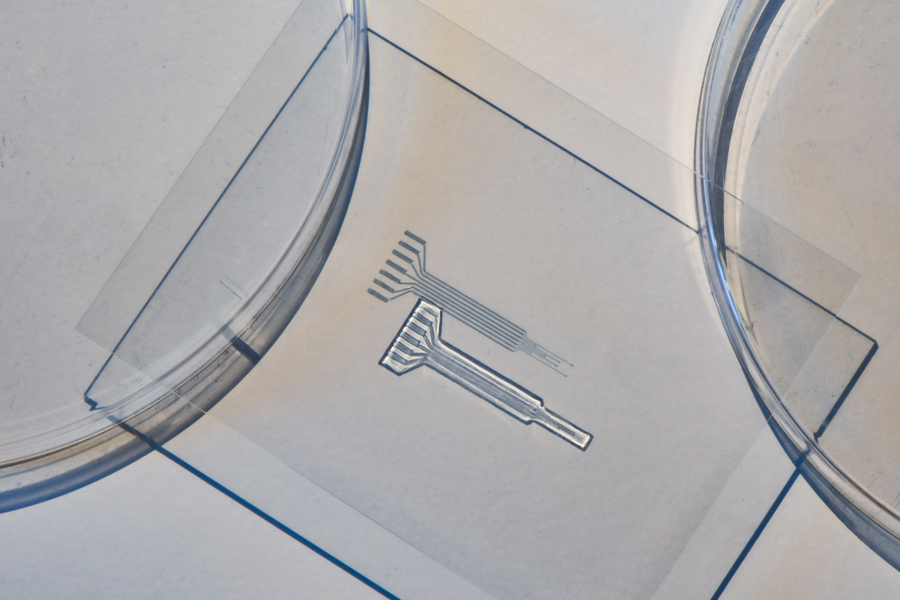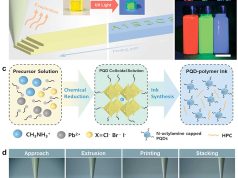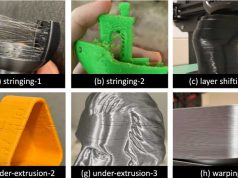A new Jelly-like material could replace metals as electrical interfaces for pacemakers, cochlear implants and other electronic implants.
This new substance, a high-performance, conductive polymer hydrogel, could provide a metal-free alternative to traditional implants.
“This material operates like metal electrodes but is made from gels that are similar to our bodies, and with similar water content,” says Hyunwoo Yuk, co-founder of SanaHeal, a medical device startup. “It’s like an artificial tissue or nerve.”
The biggest challenge has been developing a material that is both conductive and robust. Previous approaches to mixing conductive polymers with hydrogels resulted in materials that were either too brittle or electrically inferior.
The researchers developed a new “recipe” that improves the electrical and mechanical properties of both components. They mixed them so that they repelled each other easily, forming microscopic, continuous strands that formed a robust, conductive structure.
“We believe that for the first time, we have a tough, robust, Jell-O-like electrode that can potentially replace metal to stimulate nerves and interface with the heart, brain, and other organs in the body,” adds Xuanhe Zhao, professor of mechanical engineering and of civil and environmental engineering at MIT.
Zhao and Yuk first published their findings in Nature Materials. Co-authors of the study include first author and former MIT postdoctoral fellow Tao Zhou, who is now an assistant professor at Penn State University, and colleagues at Jiangxi Science and Technology Normal University and Shanghai Jiao Tong University.
The “electric spaghetti” was then made into a printable ink that was formed into implants and successfully tested in rats. It showed stable performance and caused minimal inflammation or scarring in the surrounding tissue.
This material could enable a new generation of more flexible and body-compatible electronic implants.
“The goal of our group is to replace glass, ceramic, and metal inside the body, with something like Jell-O so it’s more benign but better performance, and can last a long time,” Zhao says. “That’s our hope.”
Subscribe to our Newsletter
3DPresso is a weekly newsletter that links to the most exciting global stories from the 3D printing and additive manufacturing industry.




























